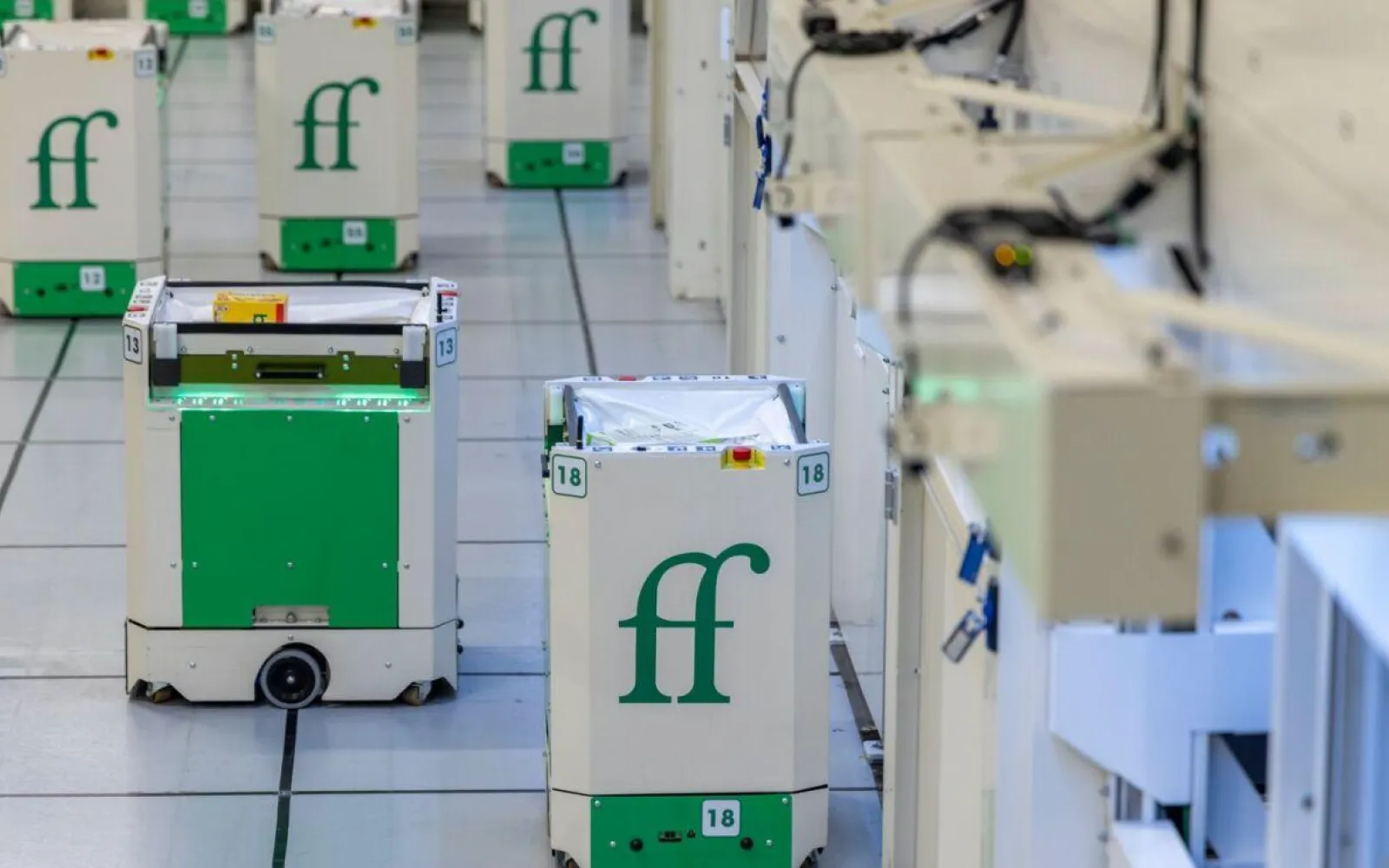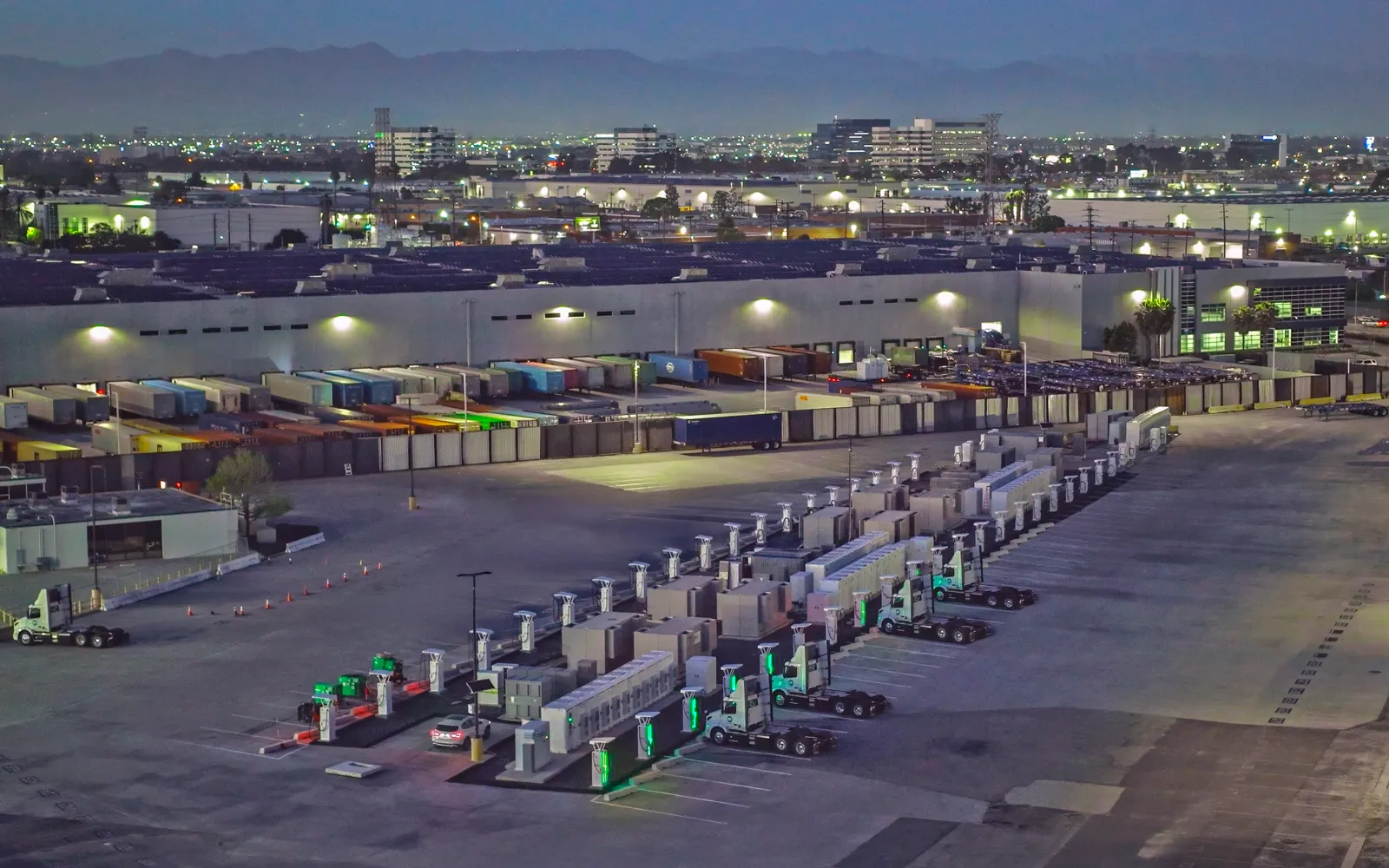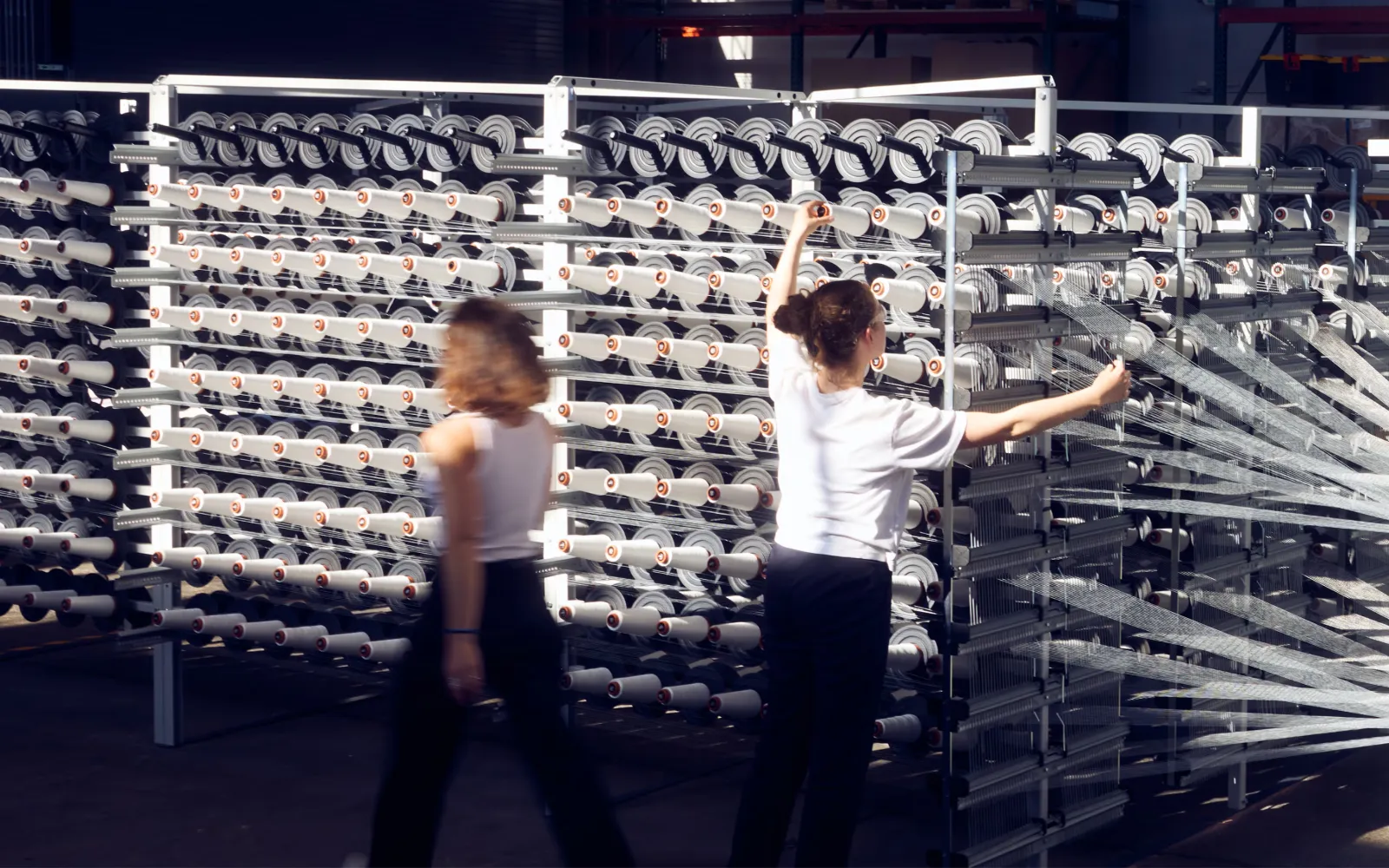

Fulfil
Automating online grocery fulfillment to lower costs
In a Philadelphia suburb, the future of online grocery just went live. DCVC portfolio company Fulfil has deployed its fully autonomous micro-fulfillment technology at a Whole Foods Market location, marking a watershed moment for both grocery automation and customer experience.
The timing couldn’t be better. U.S. online grocery sales now total about $120 billion annually and are expected to keep growing through 2028—three times faster than in-store sales. Yet profitability remains elusive. Retailers select Fulfil because it has solved what others couldn’t: how to make online grocery both profitable for retailers and delightful for customers.
While traditional fulfillment systems were designed for apparel or electronics, Fulfil built its platform specifically for the complexities of grocery — fresh produce, frozen goods, irregularly-shaped items, and the demanding speed requirements of food shopping. The numbers tell the story. Fulfil’s micro-fulfillment center can pack orders with 100% accuracy within 10 minutes on average, across all temperature zones. Its system tracks inventory down to the individual item — every avocado, every wedge of cheese — enabling real-time inventory management that could dramatically reduce food waste. Perhaps most importantly, it eliminates the friction points customers hate: substitutions, inconsistent produce quality, back-and-forth texting with gig shoppers, and waiting for next-day delivery windows.
What makes Fulfil revolutionary is its “robots-to-goods” model. Instead of associates walking miles through store aisles, autonomous, R2D2-like ShopBots navigate an intelligent grid system within a small-square-foot micro-fulfillment center built into the store’s back-of-house area. The system repurposes existing backroom space — where stores typically handle inventory staging and employee operations — to house vertically stacked trays in temperature-controlled environments. This compact footprint brings automation directly to where customers already shop, without requiring separate warehouses or disrupting the shopping experience on the store floor.
This deployment represents exactly the kind of deep tech we back at DCVC: computation-driven engineering that solves real problems at scale. Fulfil’s proprietary hardware and software stack combines AI, machine learning, computer vision, and neural networks to deliver on a simple but powerful promise: making online grocery work the way customers expect it to.
Working with forward-thinking retailers seeking automation of the future, Fulfil is poised to transform how millions of Americans shop for groceries — improving efficiency, affordability, and access to fresh food. It’s proving that the path to profitable online grocery isn’t through marginal improvements to existing systems, but through purpose-built technology that reimagines the entire fulfillment process.




